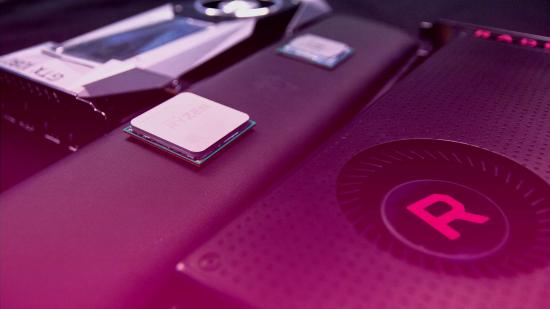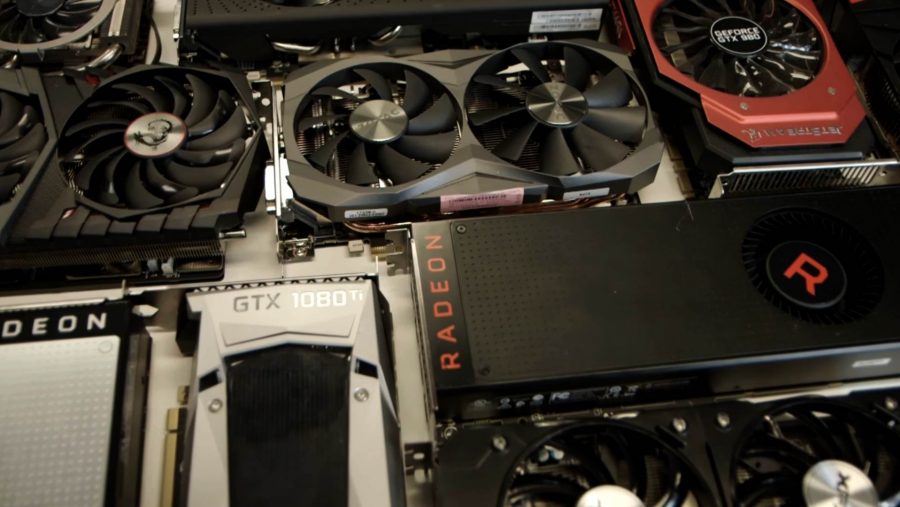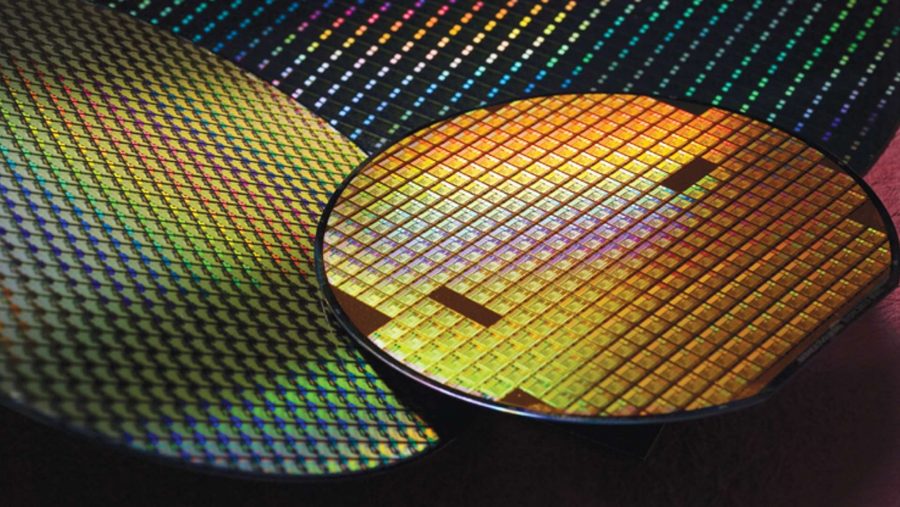Look, let’s not get caught up in who is better than who, or which company is the best. What matters is that great product, that gamers want, is manufactured and released at a competitive price. Right, now we’ve paid lip service to that lofty ideal, let’s take a look at who from Intel, AMD, or Nvidia, crushed the others into smithereens to be crowned our PC hardware champion of 2018.
Even though it really is all about the best products, if we’re to sum up the year’s activity for these three companies and grade them on a curve, someone’s got to come out trumps. So, who do you have your money on: AMD, Intel, or Nvidia?
For the better part of the year, the stock market would actually agree with every single one of you, no matter which company you decided to double down on. That’s the first fascinating point about this year: all three companies have been financially killing it… for the most part. Both AMD and Nvidia were gaining share value at a rapid pace until the end of Q3. Intel, too, was gaining until mid-year.
But then it all came crashing back down to earth. Crypto bit back hard. Nvidia took the brunt of the sell-off, losing over half of its value through October and nearly wiping away all its gains in 2017, too. AMD, on the other hand, largely returned to its regularly scheduled programming after a brief stint in Wall Street’s good books.
But, surprisingly, despite the looming undersupply and shaky press for most of the year, Intel has been posting record profits every quarter. What’s that about being too big to fail? Regardless, I think AMD noses ahead of Intel here on trajectory alone. AMD has oodles of potential going into 2019 to not only catch up with Intel but potentially get one step ahead. That’s one point to the red team.

Now let’s talk CPUs. We largely share the same sentiment this year as we did last year. AMD kicked the CPU market into overdrive back in 2017, and it’s all still happening. Looking back at the iterative and lacklustre products of years gone, the x86 market has been revitalised for consumers by AMD’s Ryzen chips, so I think this points a given. Second-gen AMD Ryzen processors, such as the Ryzen 5 2600, are a value proposition swathes of gamers just can’t turn down.
On the flip side, there is a saving grace for Intel: gaming performance. For a whole bunch of you dyed in the the wool gamers, this is all that matters. We salute you, but we’re still giving this one to AMD just because its efforts also made Intel step up its processor game. Two points to AMD.
AMD in 2018:
Moar corez, faster CPUs, and depressed graphics cards
Intel in 2018:
Missing CEO, vanishing 10nm node, but record revenue
Nvidia in 2018:
Controversial marketing and a hell of a mining hangover
In the wonderful world of GPUs, Nvidia dominates the high-end market. 2018 was also the year we waved goodbye to Pascal at the cutting-edge of GPU technology and said hello to Turing. The RTX 2080 Ti, RTX 2080, and RTX 2070 have now picked up the baton, bringing real-time ray tracing (in a single game) to the fore.
Radeon, however, is holding down the mid-range market with the RX 580 and the newly-released RX 590.
In an effort to be a fair adjudicator, and despite the fact we actually think the RX 590 is the best graphics card of 2018, Nvidia takes the win here. Its cards, both great and small, are still the de facto choice amongst gamers, so that’s one point to the green team.
If I carry the one, divide by the square root of Graham’s number… then that leaves AMD in the lead, Nvidia trailing behind, and Intel with a big fat nothing in the points table. Sorry Chipzilla, but you’ll live to fight another day just like the real monster from the deep.
You could argue against AMD, saying that it is still the smallest of the three companies discussed here today, and you’d be right. You could argue it’s got the most still left to prove, and you’d be right. You could even say it has the most pressure on it for continued excellence, and therefore the most risk too, and you’d be right.
But AMD has momentum. It’s gaining ground in server share with EPYC, desktop share with Ryzen, and its got the flexibility to deliver on future process nodes the most efficiently thanks to its partnership with trailblazers TSMC.
Which brings us onto the real winner of 2018. Yes, you’ve been bamboozled. It’s TSMC. The Taiwanese pure-play foundry made USD $25bn in the nine months of 2018 up to the end of September, accumulating orders and that sweet dollar from both Nvidia and AMD. Heck, there were even rumours it was going to take on a little of Intel’s business, too – although those have been rejected by Intel’s PR peeps.
Thirst for knowledge: Satisfy it with our PC hardware glossary
The foundry is set to pick up all of AMD’s chips for the immediate future as well ever since GlobalFoundries dropped out of the cutting-edge node game.
Samsung also gets an honorary mention as it swept the top spot as largest semiconductor foundry right out from under Intel’s feet this year.

So there you have it. Designing chips is for chumps, it’s all about fabrication. As with most years, it feels like we’ve just been working up towards something even bigger and better in the next. Specifically in 2019: AMD on 7nm and Intel on 10nm. See, that’s what everyone cares about: process nodes. Point proven.


